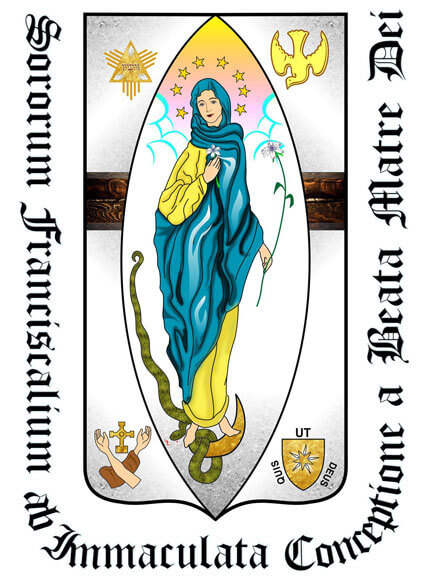The Religious Life: A Happy Vocation
Dear Sisters, for you to be ignited to perfection, after which you should always be striving, you must often remember that the sacrifices you made when you accepted religious life were voluntary. You have no regrets in doing these…”
This is how Teresia van Miert begin with her letter of May 13, 1877 with the statistical overview of the Congregation in 1876. It was important for her to remind the Sisters that they voluntarily chosen their religious life, Although, it is a life full of sacrifices. She writes a bit further:
“Through Holy Profession, you have inflicted on yourself a holy death; your Vows are like the sword that served as your deathblow…You have beforehand contemplated with joy on your obligations without being intimidated by them, you have embraced with heart’s delight your holy commitment. You do not belong to yourself anymore. You are a ‘slagtoffer (sacrificial offering). You must continually sacrifice yourself.”
And this commitment in which the Sisters went on with so much love, was signed by the blood of the Lamb of God, Who sacrificed Himself for you.
For Teresia, to make profession is a response to Christ’s gift of Himself. His sacrifice for them now becomes their sacrifice for Him. Since she and her Sisters have taken their religious vows, they do not anymore belong to themselves, but to the Other. That is the sacrifice they bring and they do that daily.
The word sacrifice is striking in this letter of Mother Teresia. It is mentioned 1o times. When she was writing this, she was already past 50 and had already completed 30 years in religious life, a life which, for her, was apparently a sacrifice. She had to let go of many things and she still has to. Religious life is an on-going process of transformation. She knew that and she kept on telling the Sisters: “Die then daily, dear Sisters, in order not to live anymore for yourselves.” Sacrifice is needed to live for the other. Still, we do not detect a must in Teresia’s words. In this sense, she did not impose something on the others. She was a compassionate woman. She was struck by the surrender of God to us people in the man Jesus Christ and that moved her. This inspiration coming from God lifted her up and made her free. In this way, she could be mild to herself and to her co-Sisters.
From the beginning, being human was not strange to her because already on May 24, 1850, she wrote to Bishoip Zwijsen about the Sisters:
“I can, with sincerity, testify that although till now I cannot declare them perfect religious, I still can say with inner joy that they all, without any exception, try fervently to be perfect and what more could I expect, for as long as we are people, we will always be liable to weaknesses.”
It is from this freedom that she called on others. From her own call, she called them. In this way, she offered them her own perspective in life, a perspective that is at the same time a gave (gift) and an opgave (responsibility). Leading a life of a religious is to choose freely a life that asks for sacrifice. It is to give up yourself, an abandonment that brings salvation; that makes you happy From the very beginning you knew it, Teresia wrote, “because with rapture you have embraced your holy commitment. You have chosen it with love, because you knew that you have already been chosen.”
The experience of how important it was to be called remained always with her. This appears in her letter attached to the STAAT of 1888 wherein she drew the attention of her co-Sisters to “the great happiness that God has shown you to call you from the world.”
